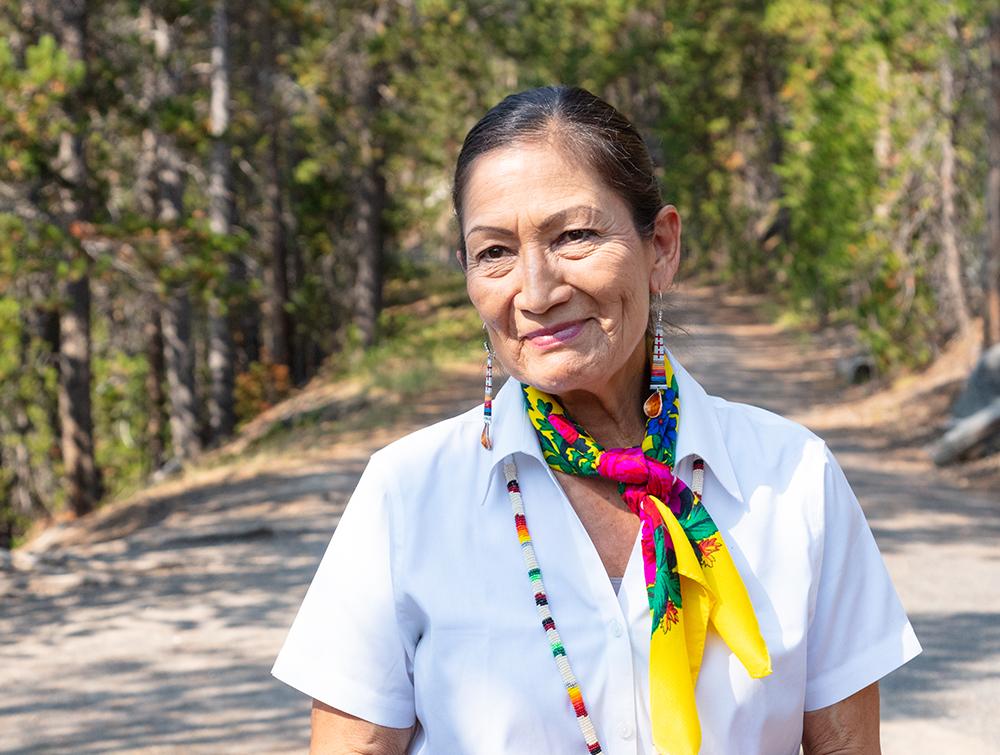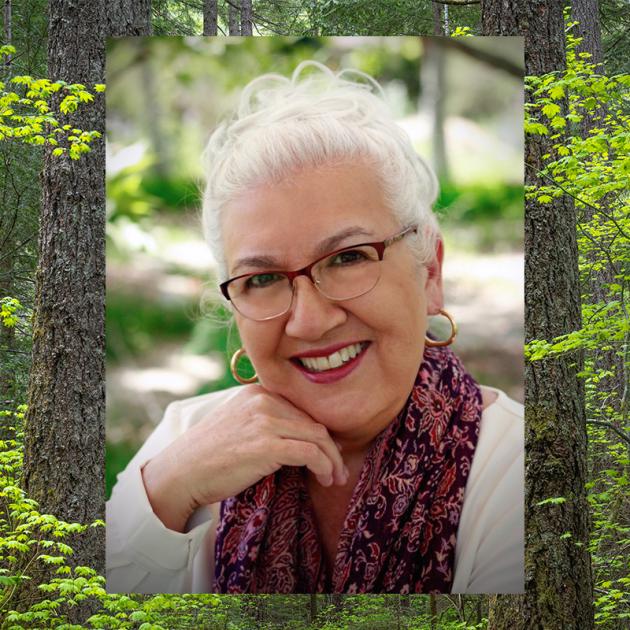Removal of s-slur caps a big year for addressing racist place names. What’s next?

NPS / Jacob W. Frank
Sec. Haaland took big steps toward inclusivity in 2022
There was a lot of good news for public lands this year, from courts upholding President Biden’s pause on oil and gas leasing to the designation of Camp Hale-Continental Divide National Monument in Colorado.
We also saw long overdue action by Interior Secretary Deb Haaland to reckon with this country’s racist past by addressing offensive names on public lands. One of the biggest steps came in early September, when the Department of Interior removed a slur that degrades Indigenous women from over 650 geographic features like rivers, mountains and valleys.
"Racist terms have no place in our vernacular or on our federal lands. Our nation’s lands and waters should be places to celebrate the outdoors and our shared cultural heritage – not to perpetuate the legacies of oppression,” — Interior Secretary Deb Haaland
The move also ordered the Board on Geographic Names—the federal body tasked with naming geographic places—to implement a process to rename those creeks, meadows and peaks.
Removing the s-slur from public lands is a great first step towards ensuring the outdoors represent—and welcome—all of us. Check out this map highlighting all the new names of places that were previously tainted by the s-slur.
Newly formed committee will enable further changes
Along with the removal of the s-slur, Secretary Haaland created a new committee that is proactively reviewing additional harmful names on public lands.
The Advisory Committee on Reconciliation in Place Names will identify existing names of geographic features that may be considered derogatory and recommend potential replacement names. It will also develop a process to solicit, encourage and assist proposals for changing harmful geographic names.
This committee contains 17 members, representing tribes and tribal organizations, Native Hawaiian organizations and members of the public who have expertise in fields including civil rights, history, geography and anthropology. They met for the first time on Dec. 7 of this year!
The creation of this new committee is exciting, and we look forward to seeing what it will achieve. In the video below are some recommendations on the kinds of changes we’d like to see. Check it out!

